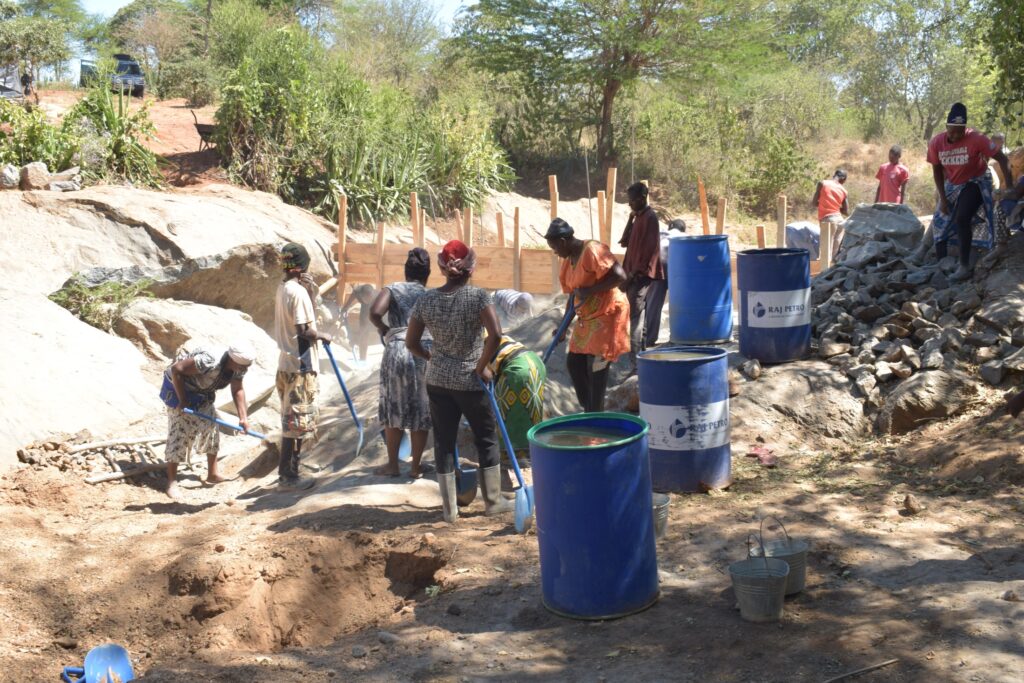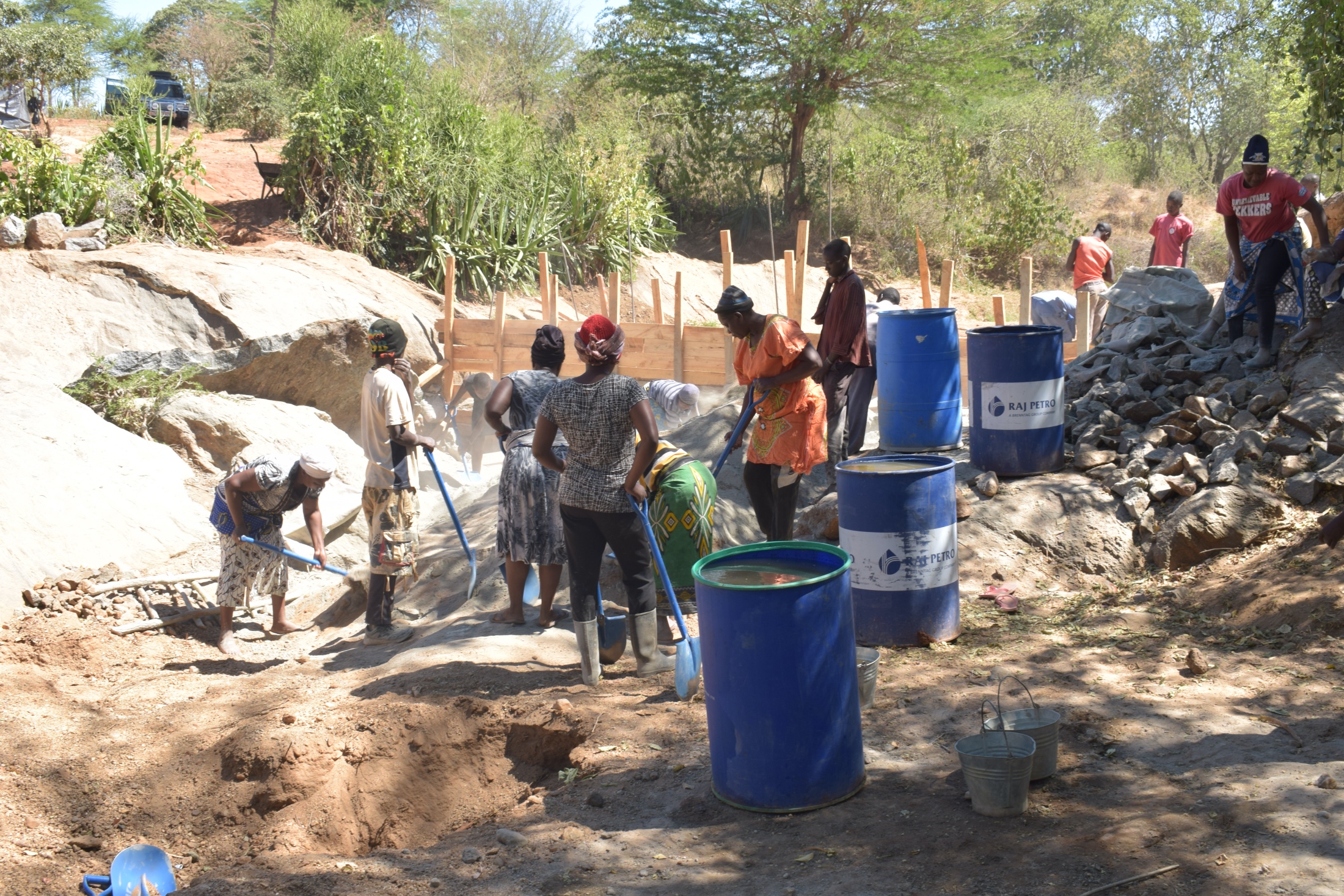By Sifiso Sibandze
In collaboration with the International Fund for Agriculture Development (IFAD) and the Global Environment Facility (GEF), the government will invest over E30 million in the construction of earth dams in three communities in the Shiselweni region in a move to transform the lives of over 500 emaSwati for the better. The underway building of the earth dams in the Kaphunga, Mgambeni and Ndushulweni (Ngudzeni) communities is part of the Smallholder Market Led Project (SMLP) implemented by the Eswatini Water Agricultural and Development Enterprise (ESWADE). Constructing a single earth dam cost ESWADE over E12 million about two years ago. Therefore, it is obvious that the company will invest more than E30 million in the three dams.

The SMLP project is aimed at reducing poverty and enhancing food and nutrition security and incomes among smallholder producer families through diversified agricultural production and market linkages.
ESWADE has already invited construction companies to express interest to tender for the building of the dams. During the construction phase, employment opportunities would be availed to semi-skilled and unskilled labour benefitting the targeted communities.
Through the construction of the earth dams, ESWADE says they will support over 560 livelihoods in the three communities. Nokwazi Hlophe, ESWADE’s Strategy and Corporate Communications Manager Strategy, Marketing and Communications Manager said the commencement of construction is scheduled to start in March 2023 and completion is estimated to be around September.
Concerning business ventures, Hlophe disclosed that the benefitting community members would be encouraged to establish horticultural and livestock enterprises.
Other than these three yet-to-be-constructed dams, ESWADE has constructed similar dams for the same purpose in Ngololweni Community under the Sandleni Inkhundla which is valued at E12.5 million. The earth dam was designed to address the needs of multiple users that include irrigation development, washing bays for domestic use, drinking troughs for livestock and provision of water to the closer dip tank. The project identified the uses of the community and then integrated them with the future aspirations of the community.
Two other dams which have been rehabilitated include the Magojela dam at Nceka Chiefdom in the Lubombo region and the Nhletjeni earth dam at Nhletjeni Chiefdom in the Shiselweni region.
According to Hlophe, the Nceka earth dam has been rehabilitated and its value is around E7.4 million. “This dam benefits about 30 households and irrigates 45 hectares under a gravity sprinkler system. The Nhletjeni dam was rehabilitated in collaboration with the Ministry of Agriculture, Land Use Planning and Development Department (LUPD). It irrigates 10 hectares which benefits 20 households,” Hlophe said. She added: “It is worth mentioning that before the Covid-19 era, the farmers had already secured international markets and had started exporting to European, but they are now supplying local markets because they were interrupted by the supply chain disruption.”
Hlophe also disclosed that these three already-operational dams are supporting over 584 livelihoods.
The SMLP’s three major objectives are:
- That the project Chiefdoms engage in effective planning and decision making
- Soil and water resources are sustainably managed for market-led smallholder agriculture in the project chiefdoms; and
- Smallholder producers in the project Chiefdoms supply crop and livestock products to market partners while subsistence farmers are enabled to produce sufficient nutritious food for themselves.




